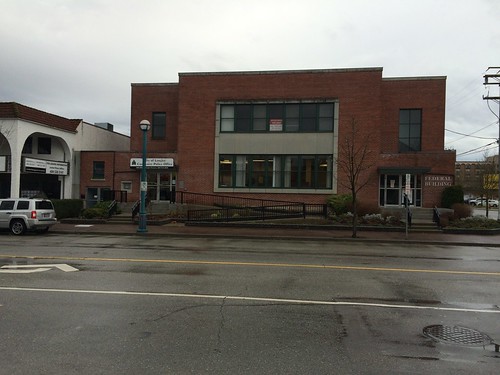2014 has certainly been an exciting year for me, especially this fall. While I fell short of getting a seat on Langley City Council by 71 votes, I met some great people along the way. I feel even more strongly connected to my community. This fall also saw Leap Ahead – A transit plan for Metro Vancouver, written by Paul Hilsdon and me, become part of the transportation vision that people in our region will have a chance to vote on next spring.
Speaking about 2015, I will be working hard to get the message out about the importance of voting “Yes” in the upcoming transit plebiscite. This plebiscite will determine the future of our region. Citizens will be able to vote for a strong economy, reduced congestion, and enhanced livability; a “No” vote will be detrimental to the quality of life for every person whether in Langley, Lions Bay, or Vancouver. This is the most important campaign that I have ever been a part of; and that includes my run for City Council.
I will also be working on some exciting projects in the City of Langley which I will post about in more detail next year.
I will be taking a break from blogging until the new year, but in the meantime check out some great articles from Todd Litman at the Victoria Transport Policy Institute.
"The New Transit Safety Narrative", by Todd Litman, Journal of Public Transportation, Vol. 17, No. 4, pp. 121-141.
Public transportation is, overall, a relatively safe (low crash risk) and secure (low crime risk) transport mode. Transit travel has about one-tenth the traffic casualty (injury or death) rate as automobile travel, and residents of transit-oriented communities have about one-fifth the per capita crash casualty rate as in automobile-oriented communities. Transit also tends to have lower overall crime rates than automobile travel, and transit improvements can help reduce overall crime risk by improving surveillance and economic opportunities for at-risk populations. Despite its relative safety and security, many people consider transit travel dangerous and are reluctant to use it or support service expansions in their communities. Various factors contribute to this excessive fear, including the nature of transit travel, heavy media coverage of transit-related crashes and crimes, and conventional traffic safety messages that emphasize danger rather than safety. Transit agencies can help create a new transit safety narrative by better communicating transit’s overall safety and security impacts and providing better guidance concerning how users and communities can enhance transit safety and security.
"Playing a CRITICAL ROLE: Author And Researcher Todd Litman On The Future Of Transportation And Why So Much Of It Depends On Parking", in "The Parking Professional," the official magazine of the International Parking Institute (www.parking.org), November 2014. This article discusses ways that more efficient parking management can help reduce traffic problems, support compact development, increase housing affordability, support efficient economic growth, and help achieve other planning objectives.
Merry Christmas and Happy New Year!



























